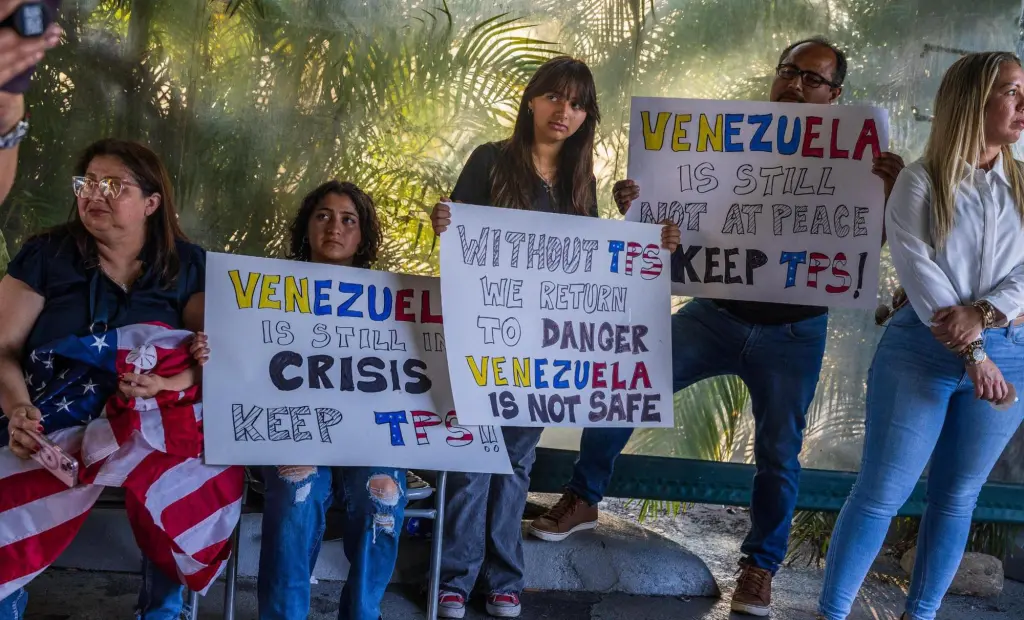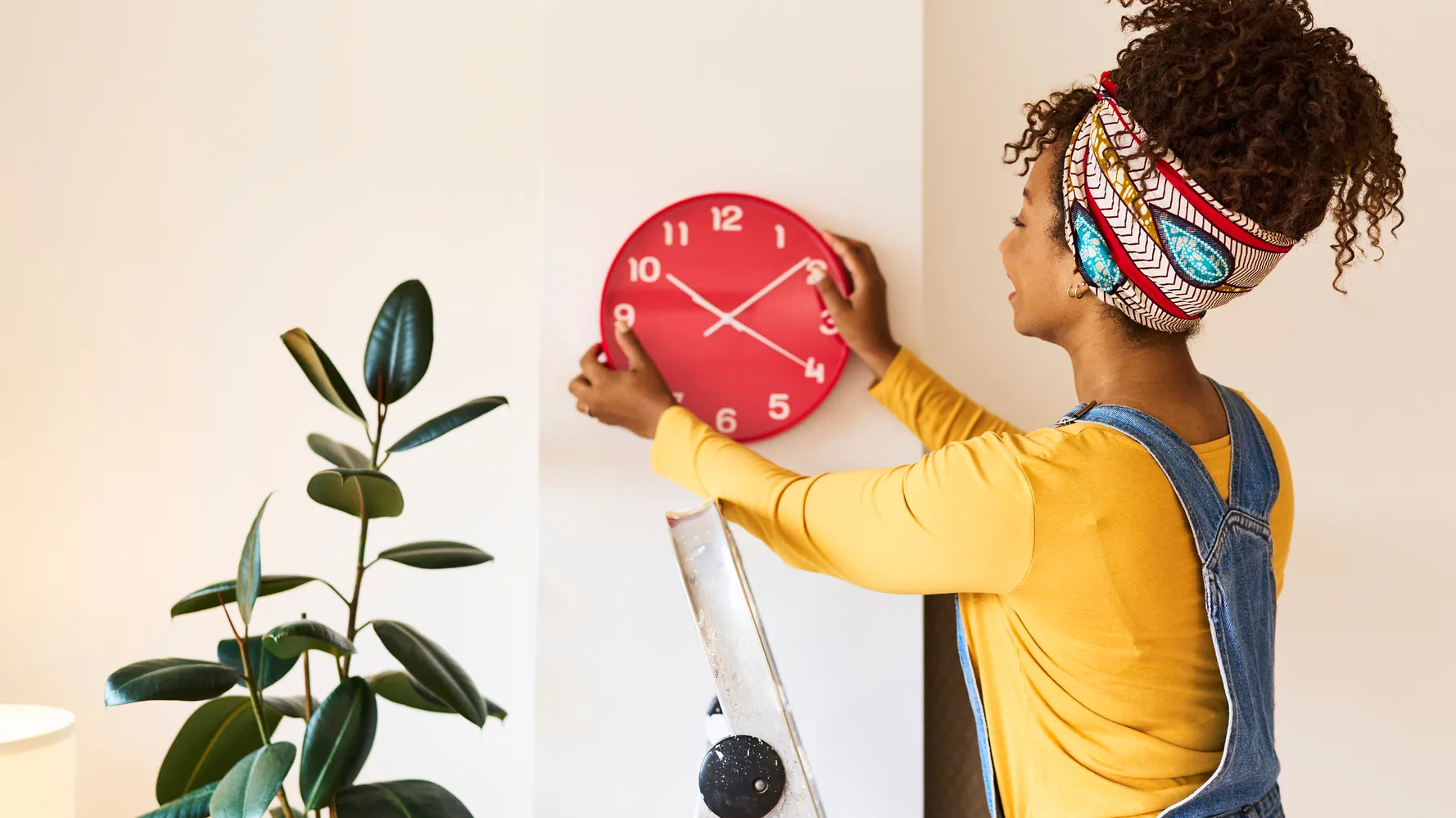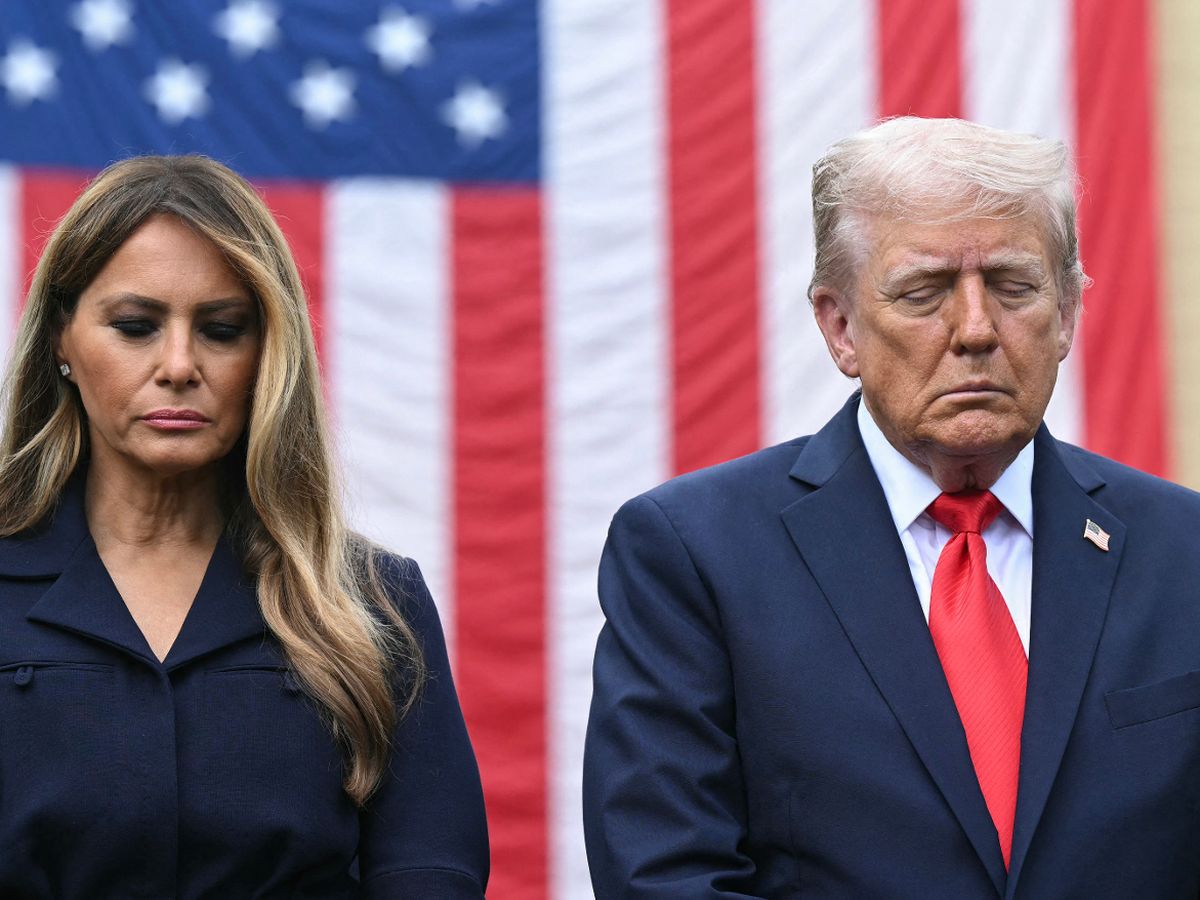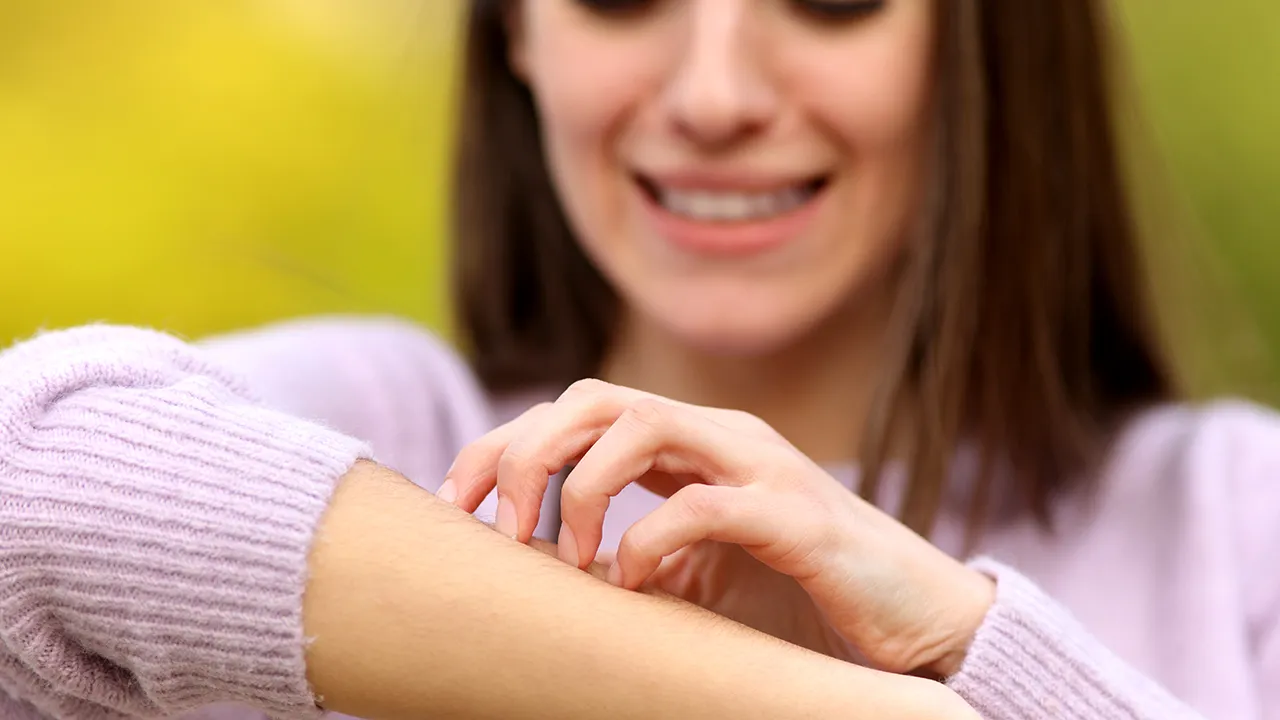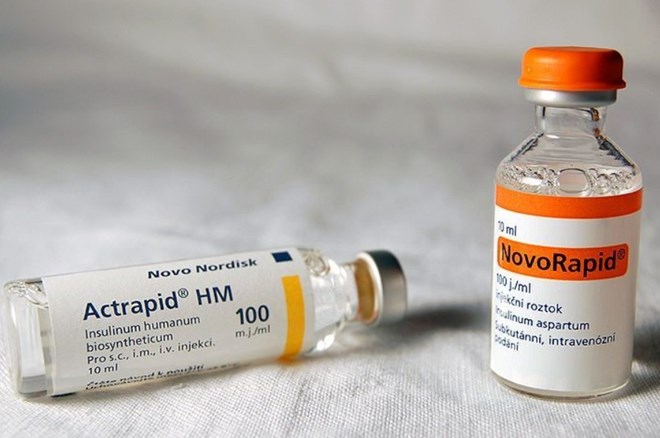
Hiiraan Online
Today from Hiiraan Online:
Somali Music
Google Plus
advertisements
Managing diabetes poses cultural and economic challenges for Somali Minnesotans
FacebookFacebook messengerTwitterWhatsAppLinkedInTelegramEmail
Friday September 19, 2025
Vials of insulin used in the treatment of diabetes. Access to affordable insulin remains a critical challenge for many patients, especially in immigrant and refugee communities.
MINNEAPOLIS, Minnesota (HOL) — For many Somali immigrants in Minnesota, managing diabetes goes far beyond taking medication or following a doctor’s orders. It often means navigating cultural traditions, unfamiliar foods, religious obligations and systemic barriers in a health care system that can feel overwhelming.
“Diabetes is one of the most pressing health issues facing Somali families,” said Omar Nur, executive director of the Somali American Social Service Association in Rochester. “Many people are unaware of their hereditary risks or the chronic nature of the disease, and they lack preventive education on exercise and diet.”
Clinicians say Somali immigrants encounter new challenges when adapting to the American diet. Processed foods high in carbohydrates and sugar are easy to find, while fresh fruits and vegetables are harder to access.
Dr. Juan Lewis, a family physician at Axis Medical Clinic in Minneapolis, said those changes have fueled high rates of diabetes among Somali patients. “Dietary habits are a major driver,” he said, adding that many ethnic minority groups in the United States face similar risks.
For Rageh Abdullah, a Somali immigrant who arrived in Minnesota at age 15, the adjustment was costly. Frequent trips to fast-food restaurants left him pre-diabetic by 2018. Instead of taking prescribed medication, he pursued a strict diet plan while spending time in Kenya, cutting sugar, carbohydrates and caffeine. When he returned to Minnesota, doctors told him he was no longer at risk for Type 2 diabetes.
To help patients adapt, Axis employs a Somali diabetic educator who works with families to make traditional cuisine healthier. Community centers also play a role: the Brian Coyle Neighborhood Center in Cedar-Riverside distributes free produce twice a month, while the nonprofit Isuroon provides halal food staples through its assistance program.
Religious practice also shapes how many Somali immigrants approach diabetes care. Fasting during Ramadan, for example, disrupts the regular eating schedule necessary to manage blood sugar levels.
Lewis said he encourages patients to maintain healthy eating habits year-round so fasting does not cause dangerous fluctuations. “I never discourage religious observance,” he said. “Instead, I give patients strategies—portion control, structured meal times, reduced carbohydrates—that can help them balance their faith with their health.”
Some patients, like Abdullah, find fasting beneficial. He said his blood sugar improved when he observed Ramadan and he now continues to fast twice a week. Others struggle with preventive medicine because of religious beliefs that life and death are determined by God. That hesitation, Lewis said, keeps some patients from seeking consistent care.
Language and cultural differences also complicate treatment. Some patients prefer to rely on community members rather than medical professionals, even if those advisers lack expertise.
“Even when materials are translated into Somali, the message doesn’t always connect,” Lewis said. “Many can speak Somali but not read it, so printed information can be confusing.”
A 2015 Mayo Clinic study found Somali patients scored low on diabetes knowledge tests. But researchers concluded that literacy alone did not explain poor health outcomes, pointing instead to broader systemic barriers.
To close the gap, Rochester’s Healthy Community Partnership—an alliance between Mayo Clinic and local organizations—launched a digital storytelling project in Somali and Spanish to teach diabetes management. The program is free online and on mobile apps.
Beyond language, financial obstacles remain. Some Somali patients qualify for Medicaid, but the program does not always cover essential medications like Metformin. Patients may think prescriptions were not submitted when, in fact, insurers denied coverage.
“Without someone to guide them, many go without the drugs they need,” Lewis said.
Community groups are stepping in. MNsure offers free enrollment help in Somali, while Mid-Minnesota Legal Aid’s Project Care connects families to insulin assistance. Still, costs like gym memberships—often more than $150 a month—make it hard for families to pursue healthier lifestyles.
“It’s America. You can get that nice food, but you don’t get exercise,” said Nur. “If you can’t afford a gym, walk outside or move around at home. That’s free.”
A Mayo Clinic study conducted between July 2013 and January 2014 found Somali patients scored just 42% on a standard diabetes literacy test, with most unable to identify signs of high blood sugar or target A1C levels. Nearly all participants, most of whom were women in their early 50s, required interpreters, and despite high adherence to clinical testing, their average blood sugar remained poorly controlled at 8%. Many already faced serious complications such as neuropathy and kidney disease after only a few years with diabetes.
Researchers attributed these outcomes not just to limited literacy, but to structural barriers rooted in disrupted education during the Somali civil war, years in refugee camps, and economic hardship in the United States. The study recommended tailoring interventions to Somali oral traditions, noting that storytelling and shared community experiences may prove more effective than conventional written materials in improving long-term diabetes care.
The University of Minnesota’s Mobile Health Initiative is working to lower those barriers. Partnering with mosques and community groups, it sends a clinic-on-wheels to neighborhoods across the state, providing screenings for diabetes, high blood pressure and cholesterol.
Yusuf Abdulle, executive director of the Islamic Association of North America, said the mobile clinic has been crucial. “Many community members discovered they had diabetes only because of those events,” he said.
But limited funding has slowed expansion. “Federal cuts have restricted what we can do,” Abdulle said. “Even so, we’ll continue to use the resources we have to serve this underserved community.”
Opinion| Privacy Policy|Sports|Somali Music|Somali Map
All Rights Reserved Copyright. © 1999-2025, www.hiiraan.com
